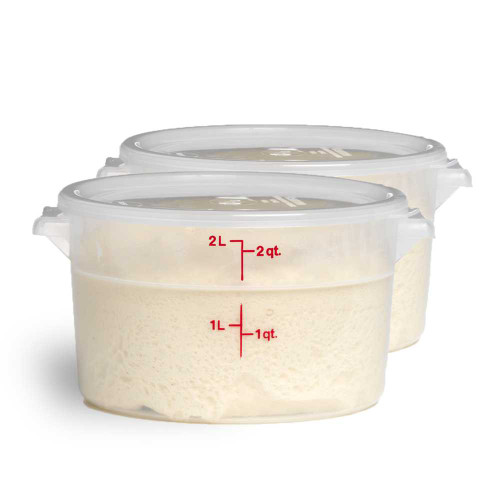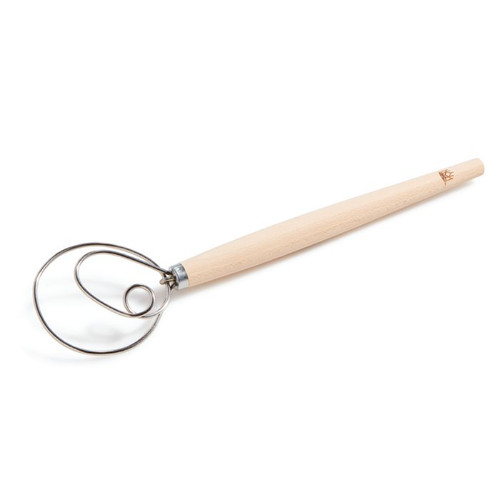Standard Dough-Rising Bucket
- SKU:
- 201419
- Maximum Purchase:
- 20 units
- swym-disabled:
- False
- _Special_Savings:
- No
- _Promo_Exclusion:
- No
- _badge_glutenfree:
- No
- _badge_kosherpareve:
- No
- _badge_kosherdairy:
- No
- _badge_organic:
- No
- _badge_wholegrain:
- No
- _badge_wholegrain50:
- No
- _badge_wholegrain100:
- No
- _badge_sourcednongmo:
- No
- _badge_nongmo:
- No
- _badge_madeintheusa:
- Yes
- _badge_1percent:
- 0
- _badge_1for1:
- 0
- _badge_recycle:
- 0
- _badge_ketofriendly:
- 0
- _badge_justaddwater:
- 0
- _badge_bcorp:
- 0
- _Parent_Category:
- Tools
- _Child_Category:
- Storage
- _Online_Exclusive:
- 0
- _KAB_Exclusive:
- 0
- _sale_label:
- No
- _clearance_label:
- No
- _special_savings_label:
- No
- _free_ship_label:
- No
- _ground_ship_label:
- No
Product information
The perfect container for your rising dough.
Let your dough rise to new heights with this translucent container. Comes with lid and easy-grip handles. Easy to read graduated markings on the side of the bucket show volume measurements for standard bread recipes. A single-batch yeast dough, doubled, rises to the bucket's ridgeline; a bigger batch (4 cups of flour) hits the 2-quart mark when it's doubled. Once you have this container in your kitchen, it will quickly become a necessity, and you'll find many more uses for it - from storing flour, grains, soups, stocks, and veggies to chilling cookie dough.

Test kitchen tips
Cleaning Tip: After your dough has finished rising, do not wash the container immediately nor set it to soak. Instead, keep the lid off until it dries out completely and then scrape the dried dough from the container into the wastebasket. It will take only an instant to wash, and you will not have a gooey mess to get rid of. To scrape the container easily before you wash it, use a plastic scraper or a rough plastic mesh, such as the bags onions, shallots, and garlic are often sold in.
When using bucket for actively rising dough (rather than for storage), set the lid on top without snapping it on. If the lid is snapped on tight, it may be difficult to remove, due to interior pressure from the growing yeast.
























